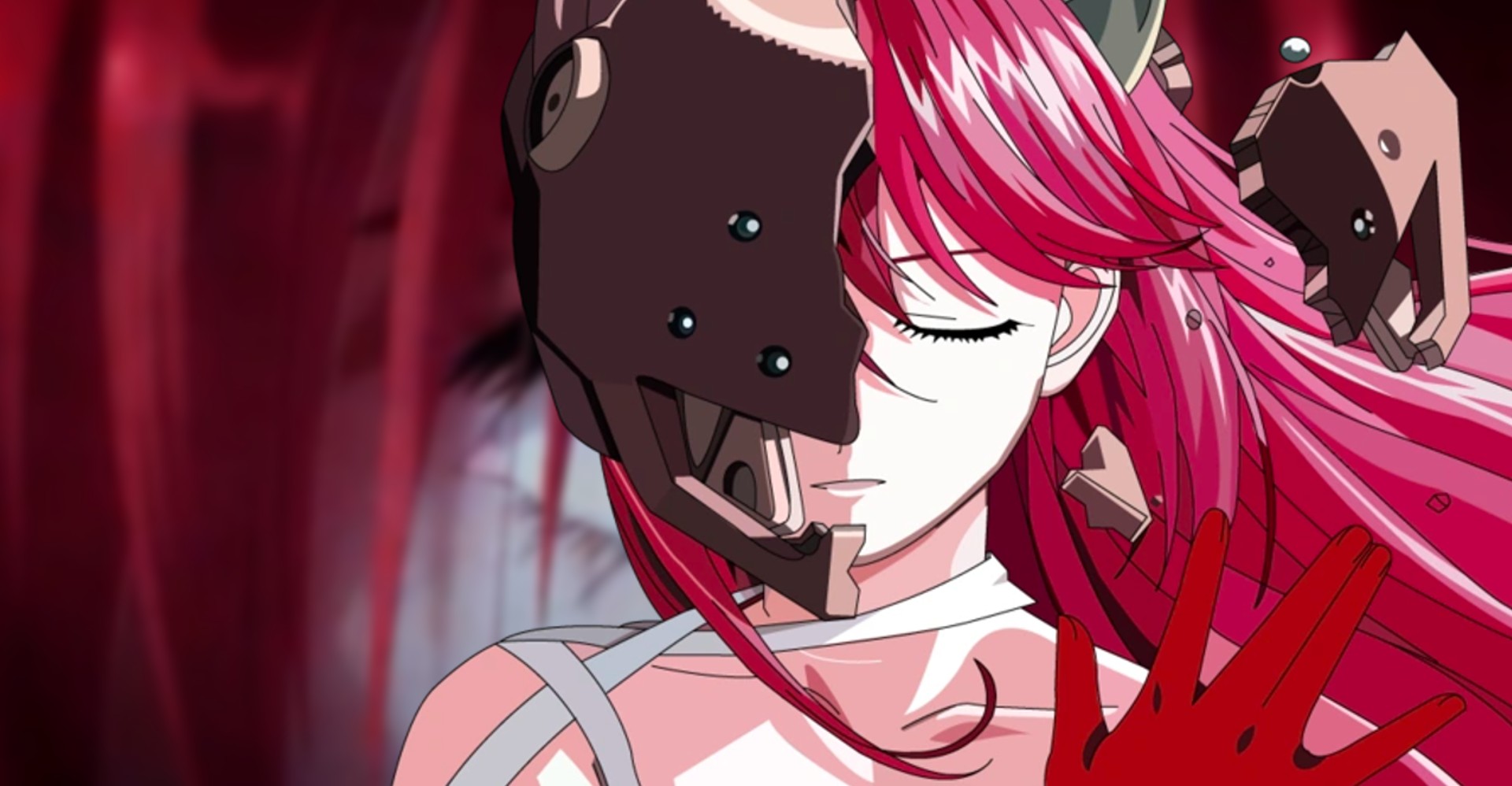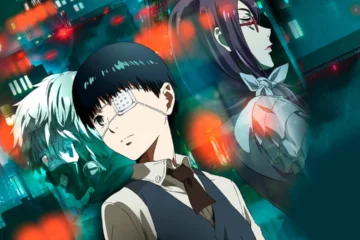[ad_1]
The anime Elfen Lied has a unique legacy in the anime world because of when it came out and how it fit into the anime culture at the time. It was released in the late 2000s, a transitional period for anime.
Some of the most popular long-running anime series like Naruto were still running, but a new wave of adult anime fans were emerging.
In a way, Elfen Lied spoke to fans who were coming of age and grappling with more mature topics.
However, the Elfen Lied has also given rise to controversy over the years. Its legacy is still debated today.


Although it was extremely popular when it first came out in the late 2000s, perceptions of the series have recently changed and it has become more divisive.
Due to some of the controversies surrounding the anime, people are beginning to view it more critically now than when it first started.
So what was once one of the biggest anime hits of its time is now viewed as a more questionable production by many anime fans and critics.
Elfen lies, controversy, violence and critical reception
The 2004 anime Elfen Lied was produced by Studio Arms and consisted of 13 episodes. It was an adaptation of Lin Okamoto's manga series of the same name, which was published from 2002 to 2005.
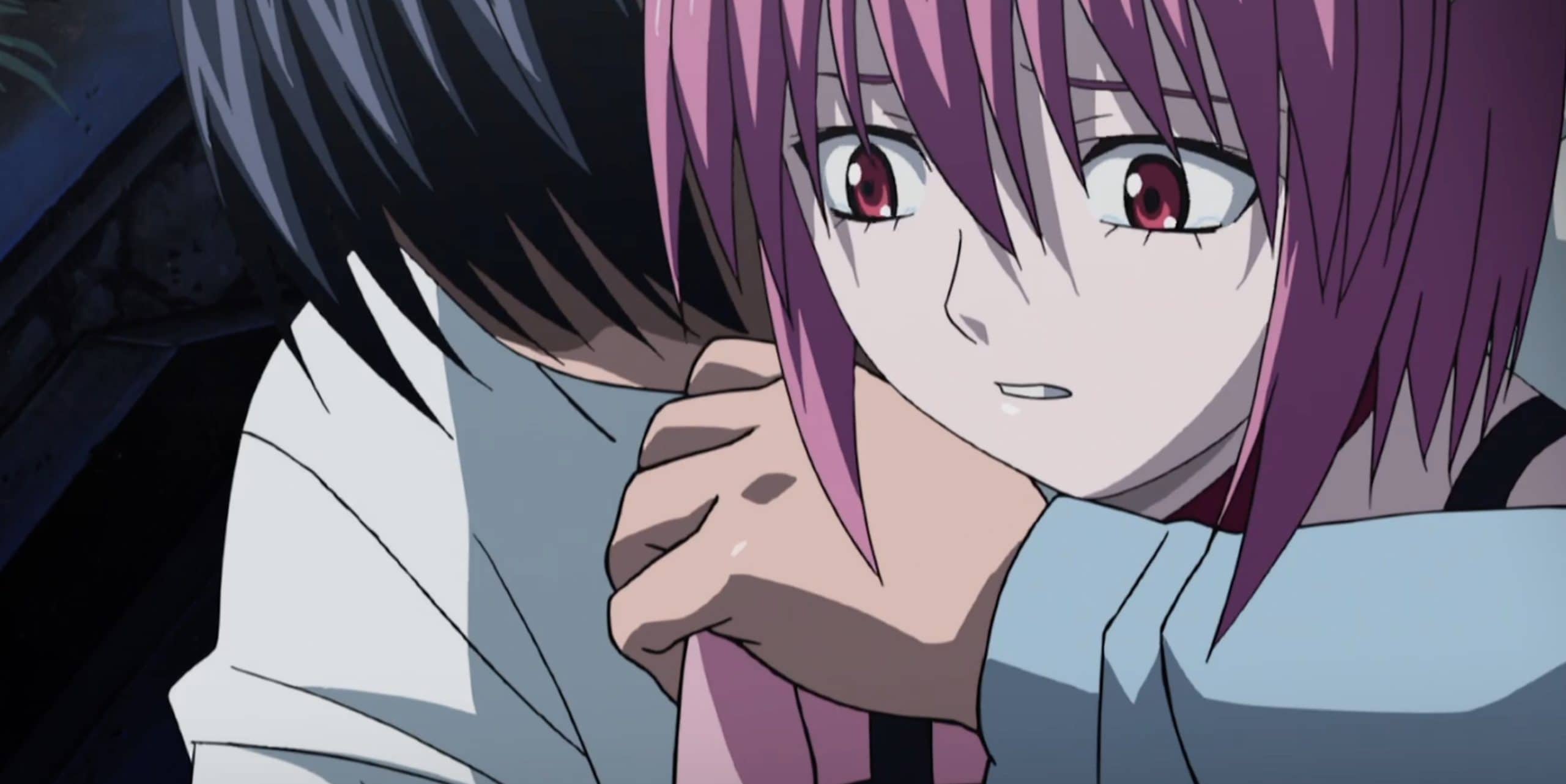

The show is based on the character Lucy, who is subjected to experiments by scientists that give her special abilities, including invisible weapons that can tear people to pieces.
After killing several scientists, she escapes the facility. Lucy has split personality disorder which gives her a second, child-like personality who befriends two college students.


Elfen Lied blends dark fantasy and sci-fi elements against the backdrop of Lucy's fractured mind and painful past. However, the anime caused controversy and divided audiences due to its highly graphic depiction of violence and gore.
The explicit, visceral scenes of blood and brutality were considered excessive by many viewers.


So while the anime developed a strong following when it debuted in the mid-2000s, its legacy remains controversial as people continue to debate its violent visual approach.
This has led to Elfen Lied gaining a more divisive reputation than other notable anime of the era.
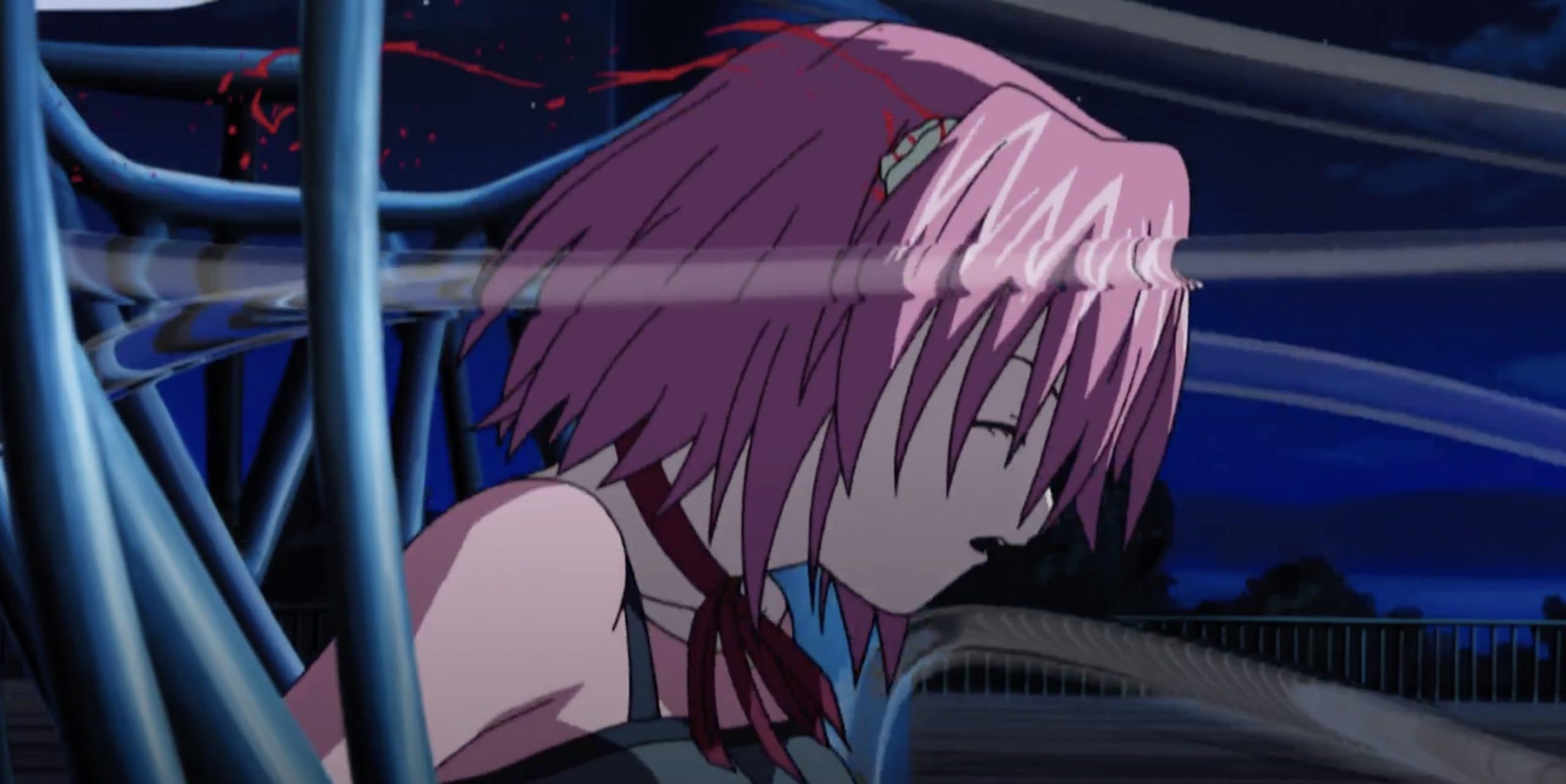

In addition to the controversy over violence, Elfen Lied has received criticism that it unnecessarily employs grimness and brutality instead of using it to serve the story.
This complaint applies more to the anime adaptation than the original manga.
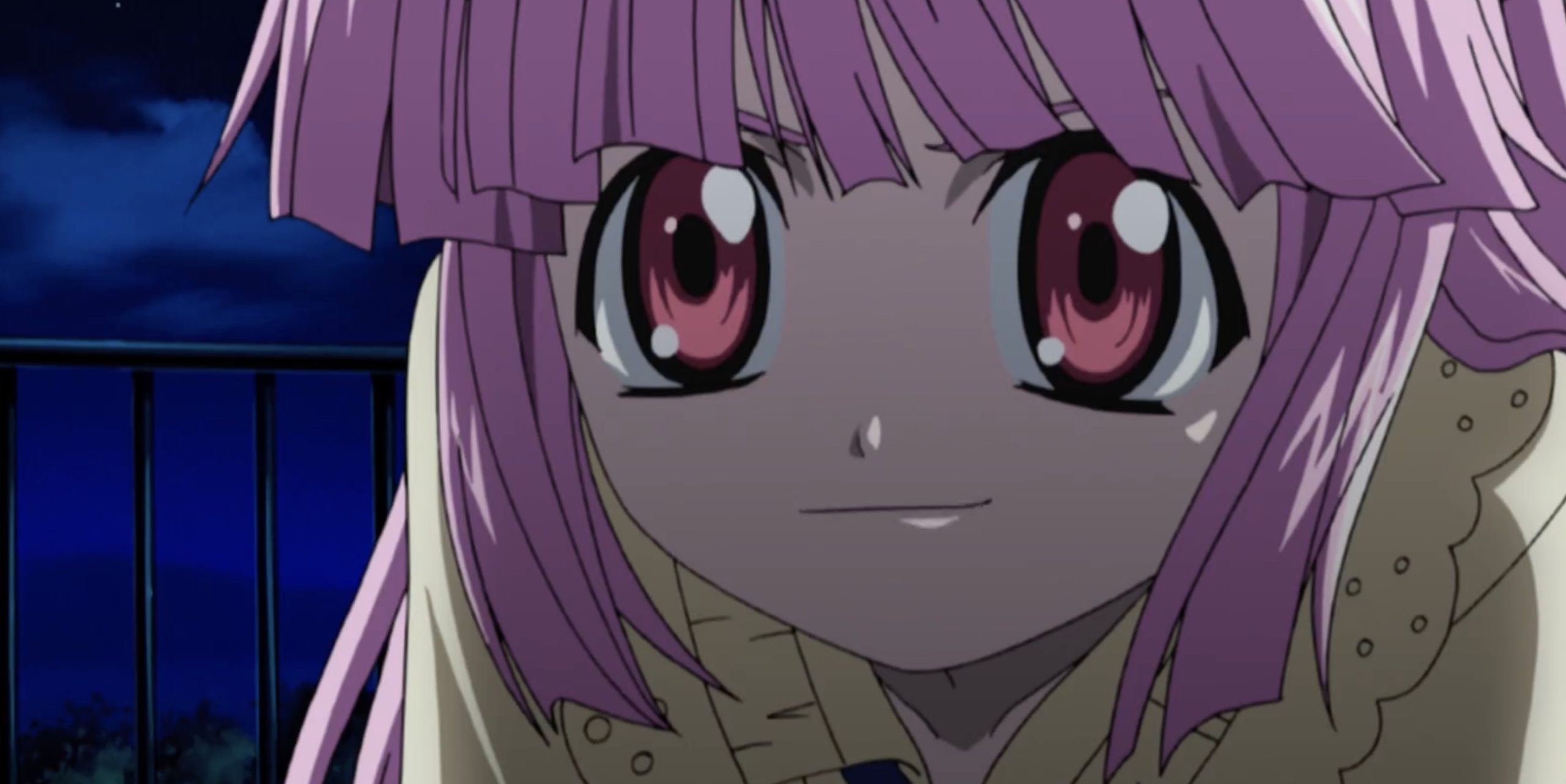

To some modern viewers, aspects of Elfen Lied exemplify the strange transitional state the anime industry was going through in the late 2000s.
Some of the subject matter and visual approaches that were once cutting edge now seem outdated or even exploitative to today's fans.
Exploring depth amid controversy in the Elfen lie
While often criticized for its graphic violence and shock value, Elfen Lied contains a thoughtful exploration of complex themes such as personal identity and trauma.
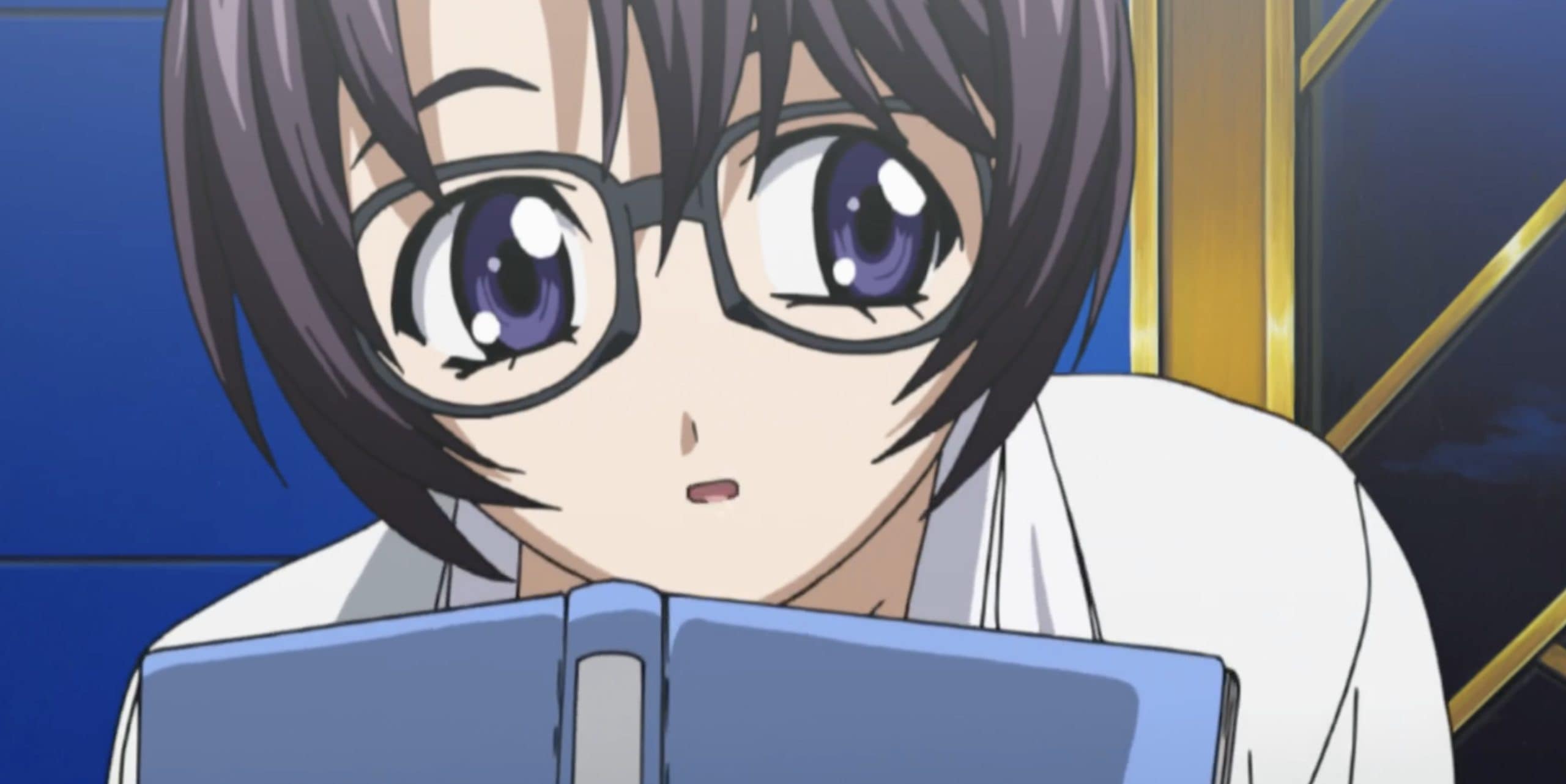

This depth comes through primarily through the main character, Lucy, and her tragic background. The experiments Lucy endured left her deeply conflicted with her sense of self and left unable to process her trauma healthily, which manifested as violent rage.
Yet the relationships that Lucy forms with characters like Kouta and Yuka are important to her character development. Through their kindness, she learns that reconciliation with one's inner demons is possible.


By the end of the story, Lucy makes peace with the multifaceted nature of her fractured mind. She embodies the message that healing from suffering involves accepting all pieces of yourself – light and shadow alike.
So along with its sensationalism, The Elfen Lied offers insight into the formative role of trauma in personal identity. Lucy remains hurt by her past but also finds a healthy path forward through her found family. Her development represents a ray of hope amid the anime's widespread despair.
More information about Elfen lies
Elfen Lid is based in the Japanese coastal cities of Kamakura and Kanagawa. At the center of the story is the emergence of the Diclonius – a humanoid species distinguished by horn-like growths on their heads and invisible telekinetic hands called vectors.


The main character, Lucy, a Diclonius, is being held captive in a research facility far from Kamakura, where scientists are conducting inhumane experiments on her kind.
After breaking free and going on a violent rampage, Lucy suffers a concussion resulting in the formation of a disintegrative, child-like alternate personality named Nyu.
Lucy is discovered in her amnesiac state on the beach by university students Kota and Yuka, who take pity on her and shelter her in their home.
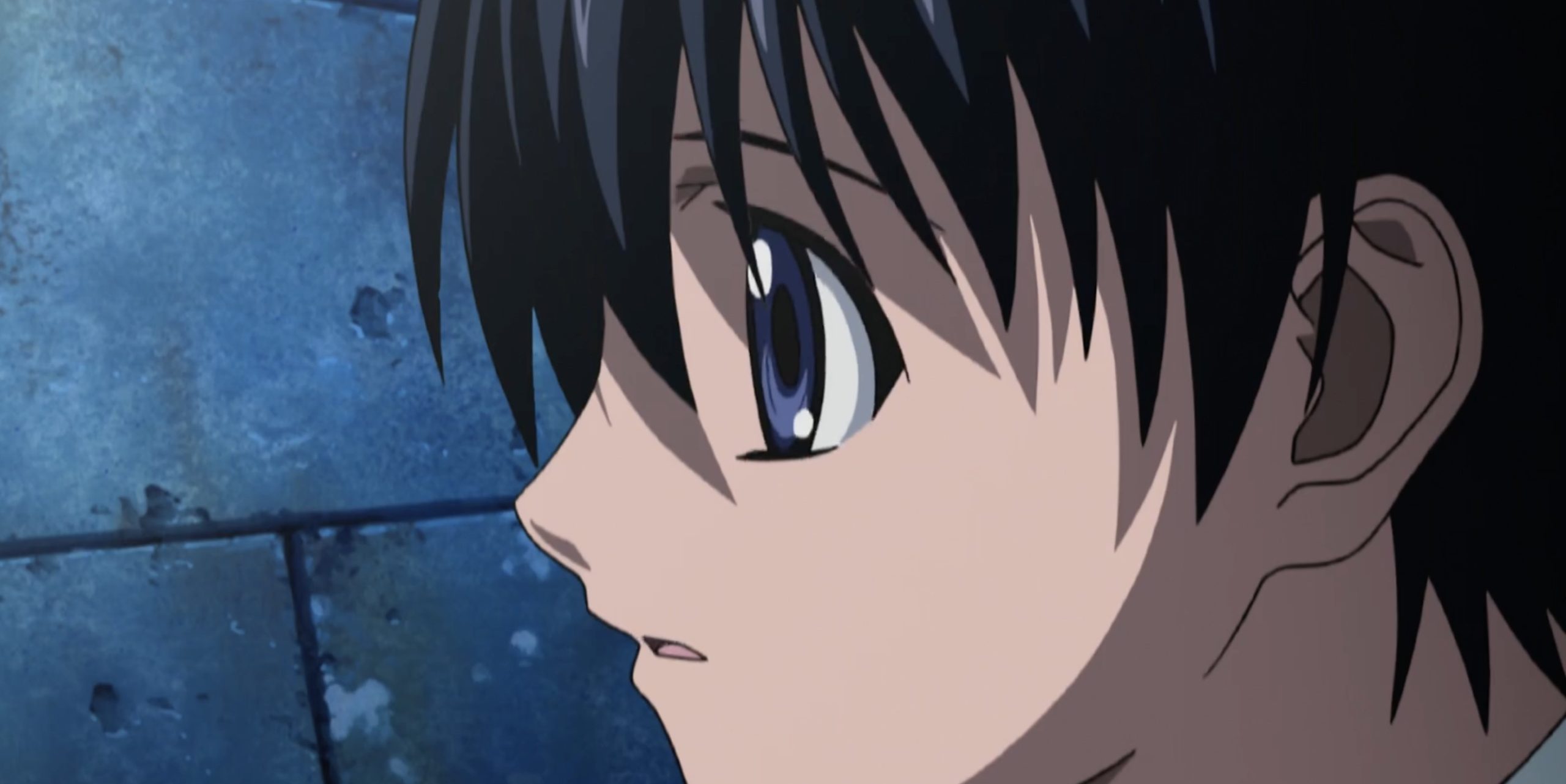

Yet danger remains as a special assault team makes a ruthless effort to track down and recapture the unpredictable Lucy.
Throughout the series, both cousins find themselves caught in the crossfire of these relentless efforts and Lucy/New's violent encounters with other Diclonius, oscillating erratically between innocent and murderous behavior.
[ad_2]
Source link

